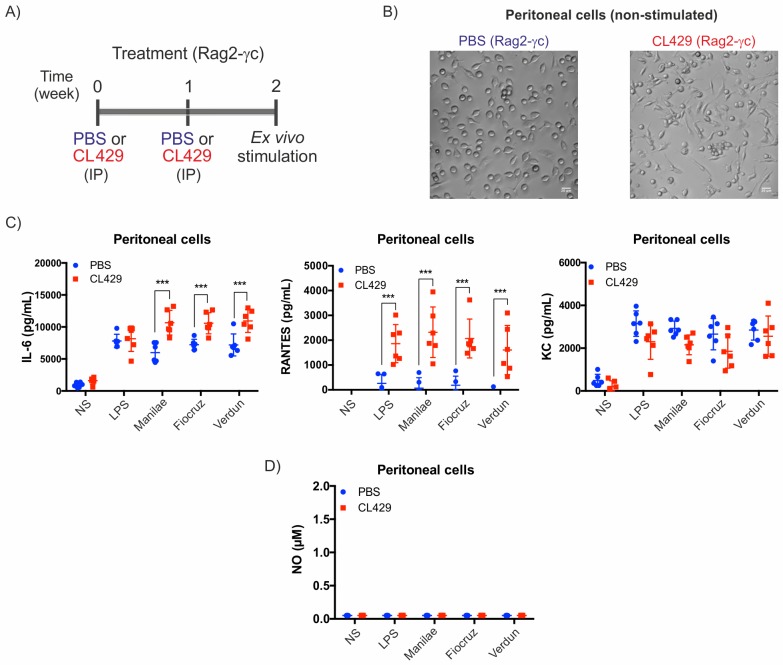Fig 4. Myeloid cells are responsible for CL429-induced protection in the peritoneal cavity.
A) Chronogram of the experiment. Rag-2γc mice were injected IP with 200 μL PBS containing 2.5% DMSO (vehicle) or 25 μg CL429 2 and 1 weeks before the collection of peritoneal cells for ex vivo stimulation. Cells were plated and exposed for 24 h to E. coli LPS (100 ng/mL) or Leptospira interrogans serovar Manilae, Fiocruz or Verdun, at MOI of 100. B) Representative phase contrast microscopy image of non stimulated peritoneal cells seeded in 96-well plates at 3 h post-collection. C) Pro-inflammatory cytokine (IL-6) and chemokine (RANTES and KC) production determined by ELISA in the supernatant of cells 24 h post-stimulation. Data are representative of 2 independent experiments (n = 6 mice per group, treated individually). Statistical analysis was performed by the unpaired t-test comparing PBS vs CL429. D) Nitric oxide (NO) production in peritoneal cells at 24 h after stimulation assessed by the Griess reaction. Data are representative of 2 independent experiments (n = 6 mice per group, treated individually). Statistical analysis was performed by 2-way ANOVA comparing PBS vs CL429 for each secondary stimulation. * p-value < 0.05; ** p-value < 0.01; *** p-value < 0.001.

